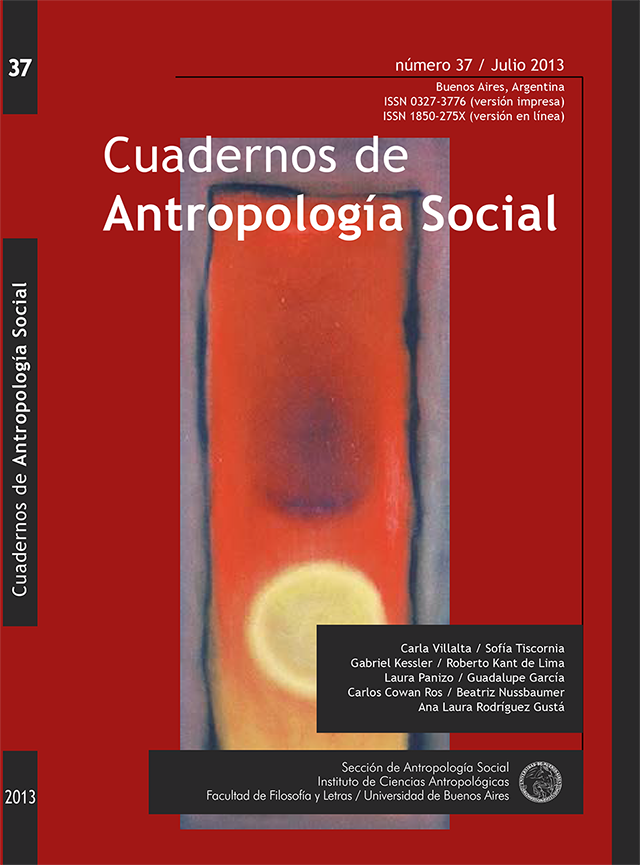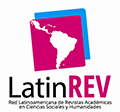Some hypotheses on the extent of the feeling of insecurity in Latin America
Abstract
This article presents a series of hypotheses about the feeling of insecurity in Latin America from our research in Argentina. Our central idea is that increasing feelings of insecurity produce consequences at the level of the social imaginary and social action. What process feeds the feeling of insecurity to spread? The agreement that this is a public problem qualitatively different than usual in the past raises a number of questions: about the causes, personal risk and the necessary solutions. The answers are the pieces that make social narratives about the insecurity. Such a definition of reality suggests what emotions are logical and is projected into the field of action. This leads also to a change in the exclusive association of fear and authoritarianism, forged at a time when lack of safety was a minority concern. The central paradoxes of this field of study, that is, the enigma of why those groups who are less subjected to crime are apparently the most fearful, are examined.Downloads

Esta obra está bajo una Licencia Creative Commons Atribución 4.0 Internacional
Cuadernos de Antropología Social sostiene su compromiso con las políticas de Acceso Abierto a la información científica, al considerar que tanto las publicaciones científicas como las investigaciones financiadas con fondos públicos deben circular en Internet en forma libre, gratuita y sin restricciones.
Los contenidos y opiniones expresadas en los artículos publicados son de entera responsabilidad de sus autores.
Los autores/as que publiquen en esta revista aceptan las siguientes condiciones:
- Los autores/as conservan los derechos de autor y ceden a la revista el derecho de la primera publicación, bajo la licencia de atribución de Creative Commons, que permite a terceros utilizar lo publicado siempre que mencionen la autoría del trabajo y a la primera publicación en esta revista.
- Los autores/as pueden realizar otros acuerdos contractuales independientes y adicionales para la distribución no exclusiva de la versión del artículo publicado en esta revista (p. ej., incluirlo en un repositorio institucional o publicarlo en un libro) siempre que indiquen claramente que el trabajo se publicó por primera vez en esta revista.















